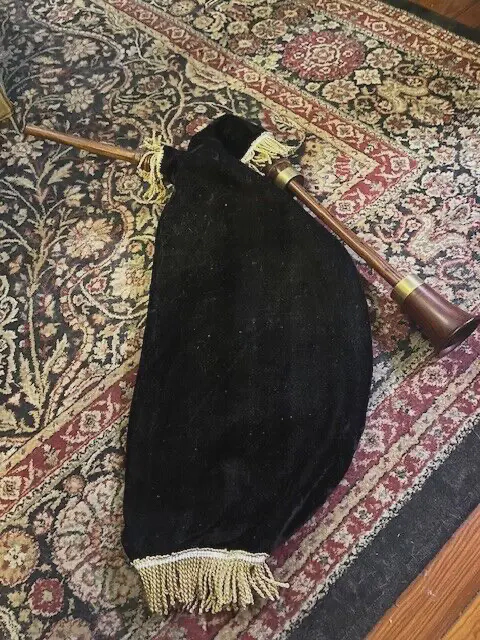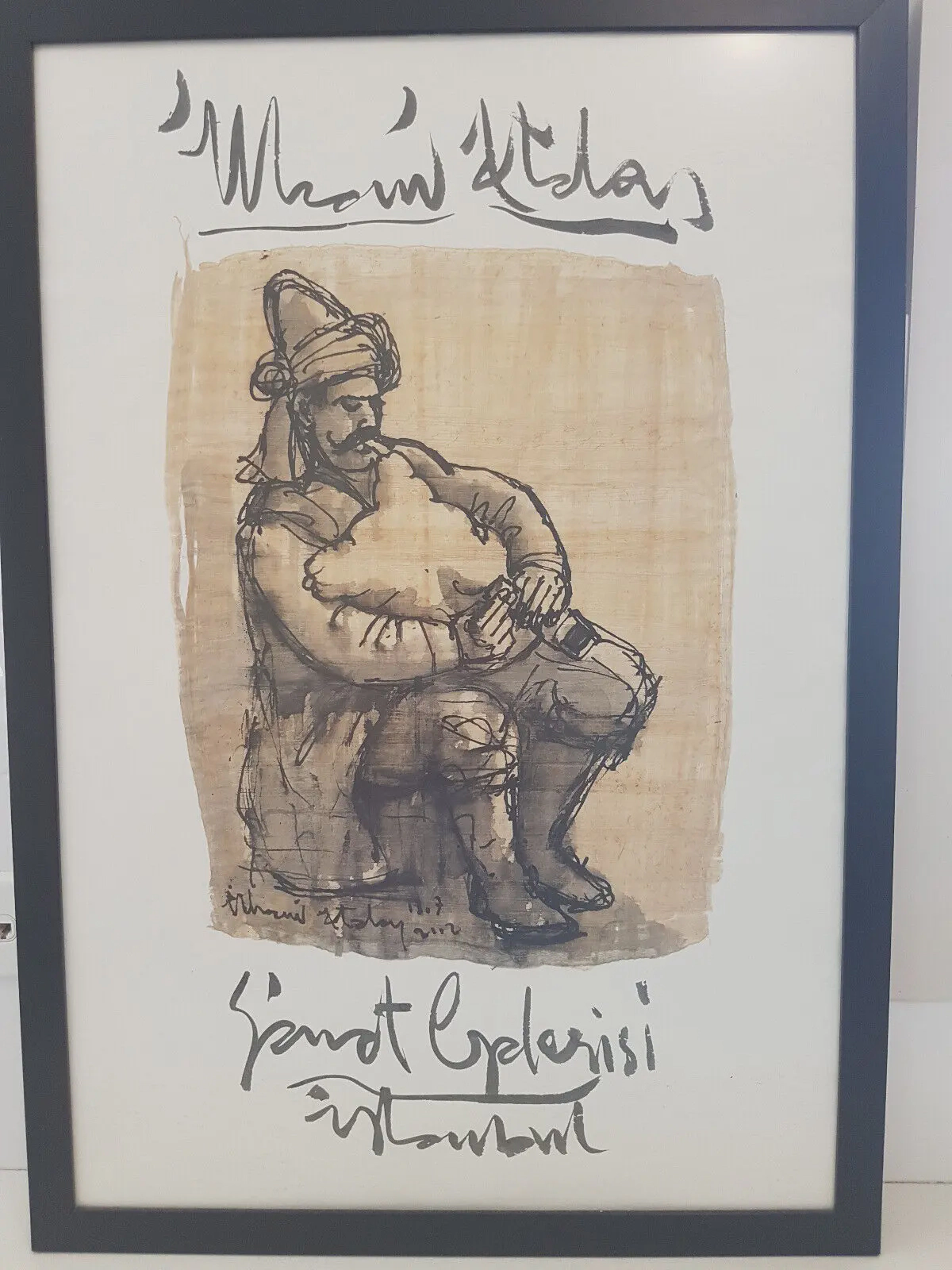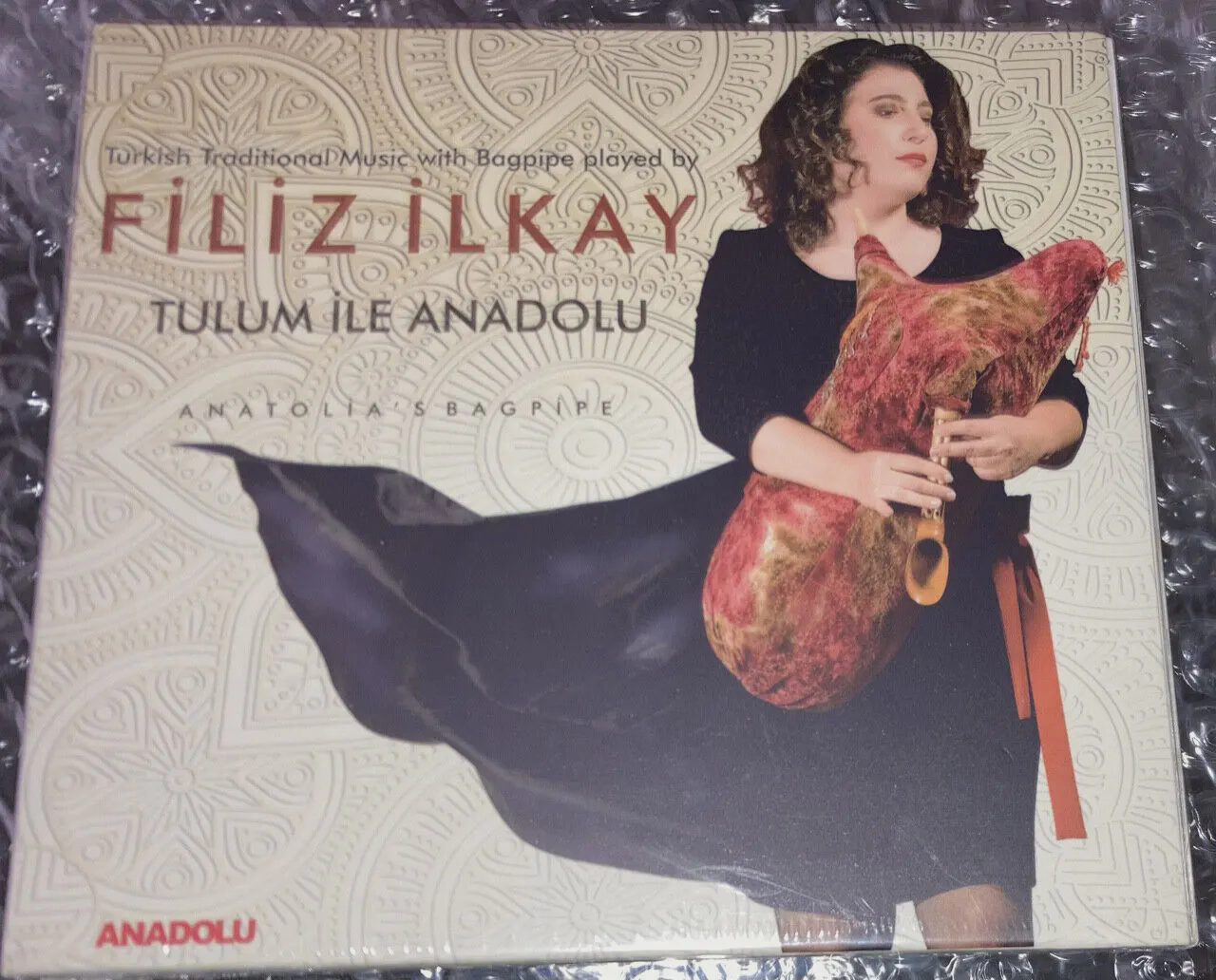
The tulum is a musical instrument, a form of bagpipe from the Black Sea region of Turkey.
It is droneless with two parallel chanters, and is usually played by the Laz, Black sea Turks, Hemshin peoples and by Pontic Greeks, particularly Chaldians. It is a prominent instrument in the music of Pazar, Hemşin, Çamlıhemşin, Ardeşen, Fındıklı, Arhavi, Hopa, some other districts of Artvin and in the villages of the Tatos range (the watershed between the provinces of Rize and Trabzon) of İspir.

It is the characteristic instrument of the transhumant population of the northeastern provinces of Anatolia and, like the kemençe in its area, the tulum imposes its style on all the dance and entertainment music of those for whom it is “our music”

The tulum consists of a bag (traditionally made from animal skin, such as goat or sheep) and two pipes: a chanter and a drone. The bag acts as a reservoir for air, which is supplied either by mouth or, in some cases, by a bellows. The chanter is the melody pipe, typically with five to seven finger holes, allowing the musician to play various tunes. The drone pipe provides a continuous harmonizing background note. The tulum often has a unique, high-pitched sound compared to other bagpipes.

- Bagpipes